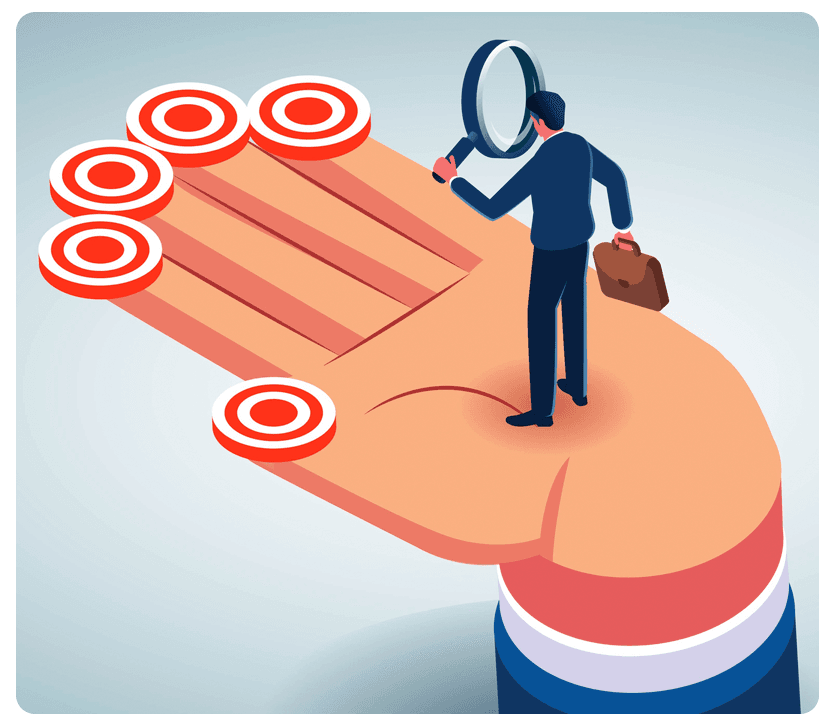Paragon Direct Blog
A well-defined business value proposition is crucial for attracting and retaining customers. This proposition communicates a company's unique benefits and value, setting it apart from competitors.
The average donor retention rate for nonprofits is between 40% and 45%. That means for every 100 donors you have, only 40-45 will donate the following year. But what if you could retain more of them? Imagine the impact on your mission!
Packaging is one of your most essential marketing tools if you sell products on the retail shelf. When buyers decide between two products, labels and packaging can be the deciding factor. When buyers plan to purchase one product, great labels and packaging can entice them to buy another.
Want to get your customers’ attention? Incorporate creative folds that add dimension and interest. Gatefolds, in particular, are cost-effective tools that add high interest and engagement to your pieces. Whether you are producing marketing collateral, event invitations, or direct mail, these fun, creative folds can repeatedly engage your audience with your marketing content.
A strategy of regular, strategically timed communications can have a powerful influence on shopper behavior. That’s why drip marketing is so important. In a drip marketing campaign, the business sends (drips) regular marketing communications, typically through multiple channels, to move a prospect through the sales funnel over time. It uses a combination of direct mail, email, mobile marketing, newsletters, or other content at the appropriate stage of the sales process.
Want to increase the effectiveness of your direct mail campaigns? Add a branded email with the same design components as the direct mail piece so that they are part of an integrated campaign. Adding branded email as a secondary touch doubles the customer contact points and enhances both channels' effectiveness.
If you’re a nonprofit, you know how critical direct mail is to your fundraising. In fact, according to MobileCause, donors are three times more likely to give online in response to a direct mail appeal than an email. Here are five tips to maximize your efforts.
As marketers, we have more data at our fingertips than ever. Data is all around us, from in-house customer information to third-party demographic and behavioral data. However, having more data doesn’t, by itself, generate success. You can personalize your direct mail and email with people’s names, tailored offers, and even customized images and text but still not get the desired results. What’s the secret? Instead of marketing to demographics, market to people.
Succeeding in Business-to-Business (B2B) sales requires a nuanced understanding of the complex decision-making processes within organizations. Unlike B2C transactions, B2B sales often involve multiple decision-makers with unique needs and priorities. Navigating this landscape requires persistence, insight, and data-driven communications. Let’s look at three “musts” for approaching B2B buyers.
Your existing customers are your most profitable customers. They buy more frequently, and they spend more when they do. But are you paying sufficient attention to them? Could you be losing customers without knowing it? Understanding why customers defect to competitors is the first step in retaining them, so let’s look at four key reasons you might be losing customers without realizing it.
Even in today’s digital world, direct mail holds a special place in buyers’ hearts. You can impact recipients at multiple levels by leveraging these five key attributes. So
Crafting compelling marketing copy is an art and science that requires imagination, persuasion, customer-centricity, trustworthiness, and attention to detail. By following these five essential steps, you can create copy that resonates with your audience, drives action, and ultimately leads to your marketing success.
In a world where the digital divide persists, print remains a reliable and inclusive way to engage with your customers and prospects. By recognizing the importance of this channel and employing the right strategies for creating relevant, engaging communications, you can ensure that your message has the most significant impact!
In today's marketing landscape, the importance of data-driven marketing cannot be overstated.
Want to geek out on marketing science? Check out neuromarketing, a field examining consumers' responses to marketing stimuli. Neuroscience looks at how the brain receives and processes information, and neuromarketing looks specifically at the impact of this process on the various marketing channels.
















